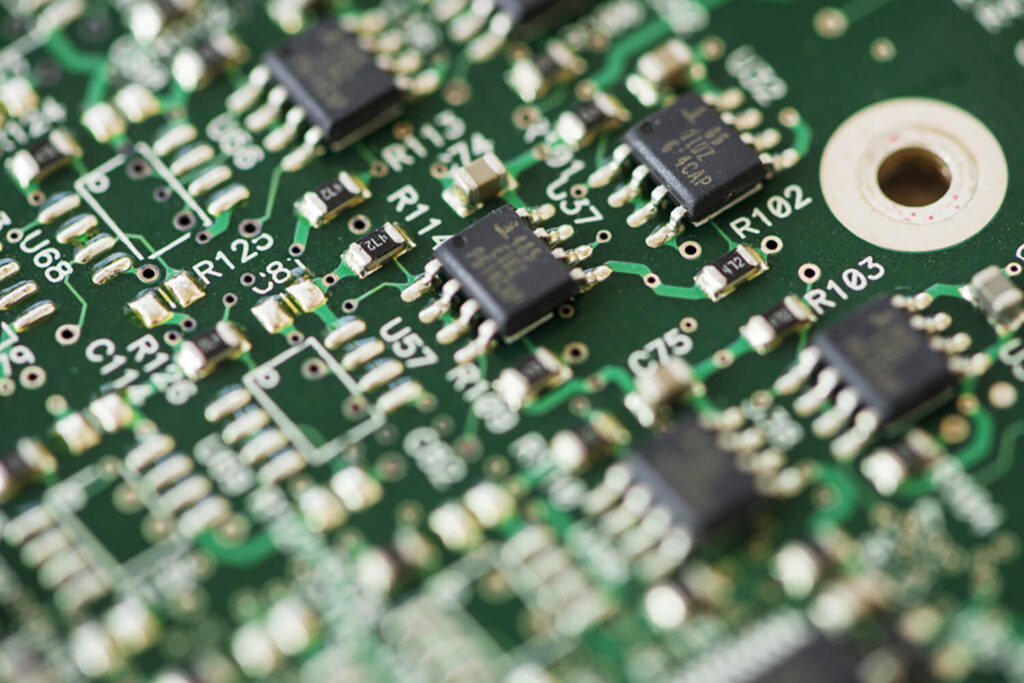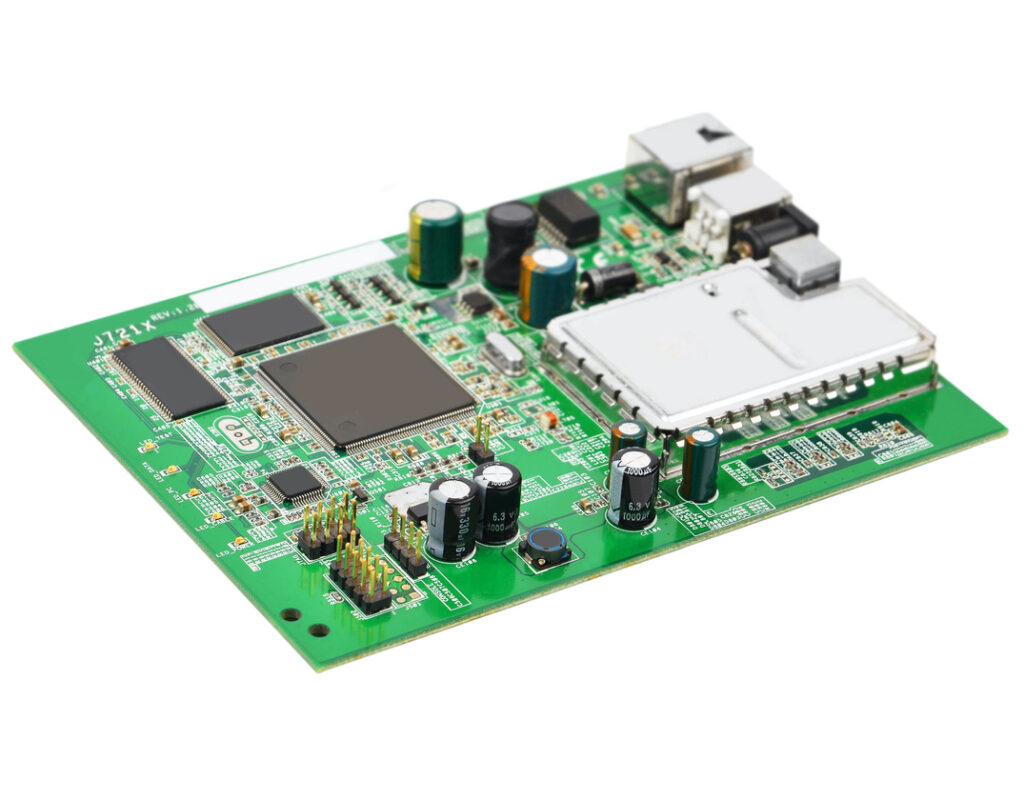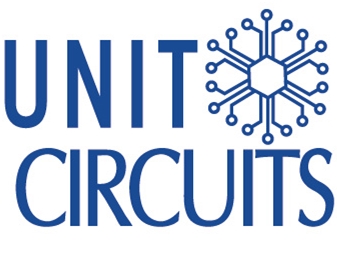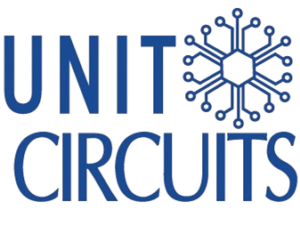Single-Sided PCB Assembly
High-Quality Single-Sided PCB Assembly Services Since 2017
- Single-Sided PCB Assembly
- Flexible Options: Consigned, Partial Turnkey, Full Turnkey
- No MOQ & Competitive Pricing
- E-test, AOI, X-ray, ICT, FCT, Burn-in Testing
- ISO 9001:2015, ISO 13485:2016, UL Listed
- Supports 0201 Components, BGA, Micro-BGA, QFN, DFN, CSP
- Serving Medical, Automotive, Telecom, and more
Single-Sided PCB Assembly
Single-Sided PCB Assembly refers to the process of mounting components onto a printed circuit board (PCB) that only has a single conductive layer on one side of the board. This assembly method is commonly used in basic electronic devices and products that require a cost-effective, simple, and efficient solution. Whether you’re a beginner, a professional, or a business owner looking to outsource PCB assembly services, this guide will walk you through everything you need to know about Single-Sided PCB Assembly.

Leading PCBA Manufacturer
Assemble 20 PCBAS for $0
What is Single-Sided PCB Assembly?
Single-Sided PCB Assembly is a type of PCB assembly where all components are mounted on one side of the board. The other side remains unpopulated, and the conductive pathways (traces) are typically arranged on a single layer of copper. This type of assembly is ideal for simpler electronic products where space and component density are not critical. Single-sided PCBs are often used in devices such as low-power gadgets, consumer electronics, and automotive components.
Why is Single-Sided PCB Assembly important?
This method is cost-effective and relatively simple to manufacture, making it ideal for mass production of electronics that don’t require the complexity or density of double-sided boards or multi-layered designs.
What is the Single-Sided PCB assembly process?
Single-Sided PCB assembly involves mounting all components on one side of a single-layer PCB, with all traces and electrical pathways located on that side. The assembly process is simple, efficient, and cost-effective, typically involving SMT or Through-Hole techniques.
The Benefits of Single-Sided PCB Assembly
Single-Sided PCB Assembly offers several benefits, especially for simple and cost-effective products. Some key advantages include:
- 1.Cost-Effective
Since only one side of the PCB is populated, the production cost is significantly lower compared to more complex multi-layer or double-sided boards. This makes it ideal for high-volume, low-cost electronics.

- 2.Simplicity and Ease of Manufacturing
With only one side of the PCB to work on, the design and assembly process are simpler, reducing the risk of defects and speeding up production time. - 3.Fewer Manufacturing Challenges
The absence of components on the reverse side makes assembly easier and reduces the likelihood of errors, such as misalignment or soldering issues. - 4.Ideal for Low-Density Applications
Single-Sided PCBs are perfect for low-density electronic applications where component placement does not require compact designs or high-performance demands.
The Main Challenges in Assembling Single-Sided PCBs
While Single-Sided PCB Assembly is simpler than other methods, there are still challenges that can arise during the process. These include:
- Soldering Issues
Since components are mounted only on one side, soldering becomes critical. Common issues include cold solder joints, solder bridges, and insufficient solder, which can cause weak electrical connections. - Component Placement and Alignment
While component placement on a single side is simpler, misalignment can still occur, leading to poor electrical connections or damaged components. - Trace and Component Density
Single-sided PCBs have limited space for components and traces. As a result, the design has to be efficient, and poor planning can lead to overcrowding or insufficient space for heat dissipation. - Thermal Management
With all components on one side of the board, heat dissipation can become a challenge. Components that generate significant heat may need additional cooling solutions or careful placement to avoid overheating. - Testing and Quality Control
Testing and ensuring the functionality of all components can be more difficult with a high volume of boards to inspect, particularly when complex or tightly packed components are involved.
By using advanced technologies and maintaining strict quality control processes, these challenges can be mitigated.
What is the Single-Sided setup?
The Single-Sided setup involves placing all components on one side of the PCB. The opposite side remains unpopulated, which simplifies manufacturing and assembly.
The Key Processes in Single-Sided PCB Assembly
Single-Sided PCB Assembly follows a straightforward process with the following key steps:
- 1.Board Preparation
The PCB is cleaned and prepped, ensuring it’s free of contaminants, oils, or residues that might affect soldering or component placement. - 2.Component Placement
Components (either SMT or Through-Hole) are placed on the single side of the PCB. In the case of SMT, machines use pick-and-place technology to position the components accurately.

- 3.Soldering
After placement, the board is subjected to soldering, which can be done using reflow soldering (for SMT) or wave soldering (for Through-Hole components). Solder is melted to form electrical connections between the components and the PCB. - 4.Inspection and Testing
The assembled PCB is thoroughly inspected for any defects, such as soldering issues or misalignments. It is then tested electrically to ensure all connections are functional.
Why Choose Unit Circuits As Your Partner?
When it comes to Single-Sided PCB Assembly, Unit Circuits is the partner you can trust for high-quality, reliable services. Here’s why:
- Expertise in Single-Sided Assembly
We have extensive experience in Single-Sided PCB Assembly, offering expertise in both Surface Mount Technology (SMT) and Through-Hole Technology (THT) to meet your specific needs. - Quality Assurance
We employ rigorous quality control measures throughout the assembly process to ensure your PCBs meet the highest standards of reliability and performance. - Fast Turnaround and Cost-Effectiveness
Our efficient processes allow us to deliver quick turnaround times without compromising on quality. Our cost-effective services make Single-Sided PCB Assembly a great choice for high-volume production. - Comprehensive Support
From design consultation to final testing, we provide full support at every stage of the assembly process, ensuring that your project runs smoothly from start to finish.
CONNECT WITH US
Get A Instant Quote Today
Unit Circuits is your trusted partner for PCB fabrication, components sourcing, and PCB assembly. With over 7 years of experience, we have served 1000+ customers worldwide, delivering high-quality PCBs at competitive prices. Our company is ISO9001:2015 certified and UL listed, with all products undergoing E-testing, AOI, and X-RAY inspection to ensure they meet the highest standards. Get an instant quote today from our expert team, and we will handle the rest.


 Assemble 20 PCBAS for $0
Assemble 20 PCBAS for $0